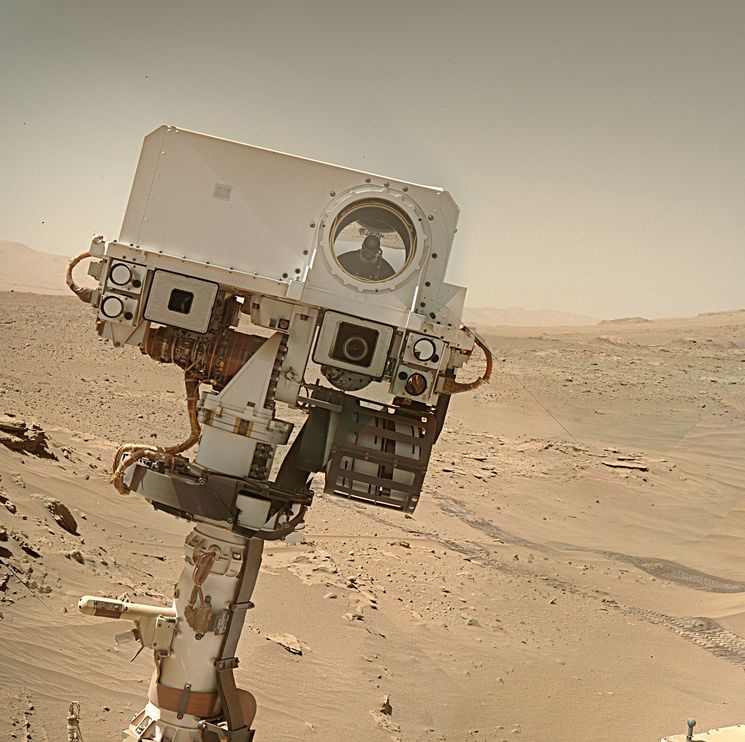

I raise my tube
Only for a moment
And the sample’s gone
All my dreams
Flee before my eyes
Like Ingenuity
Dust in the wind
All they are is
Dust in the wind
Same old song
One more grain of basalt
in an endless flow
All we drill
crumbles to the ground
Though we refuse to see
Dust in the wind
All we are is
Dust in the wind


The coring seems to have been successful on this occasion.
For reference, the abrasion patch on the right is the latest one (#35), the fourth taken here at Witch Hazel Hill. I do hope that forthcoming mission updates will share more, at least qualitatively, about the drill data for all the recent coring attempts. It would be pretty illuminating to know which rocks have required the most time and force, given the sampling failures and unpredictable nature of the geology here.